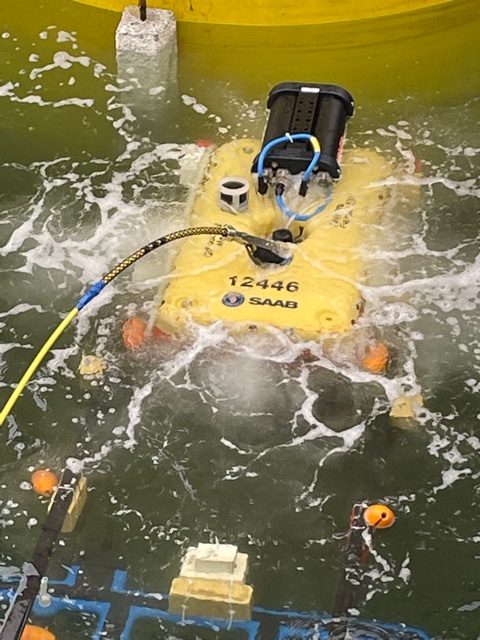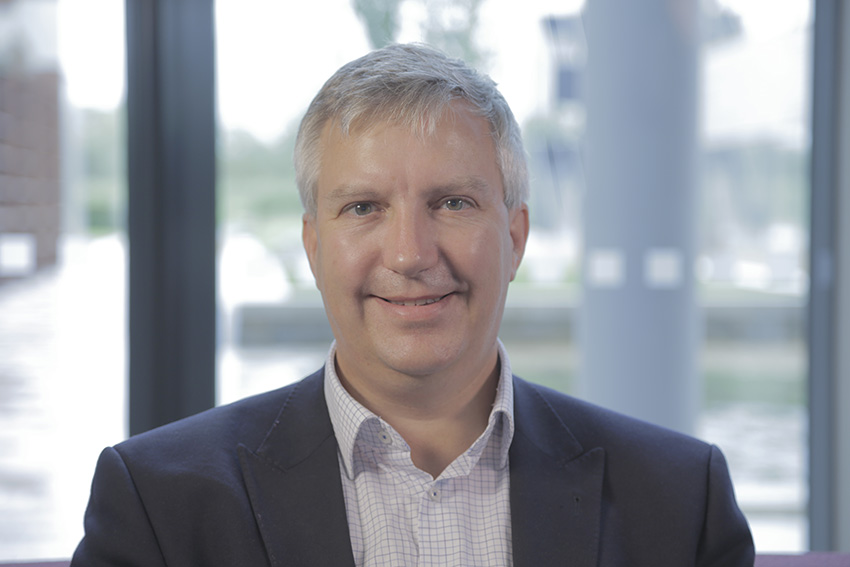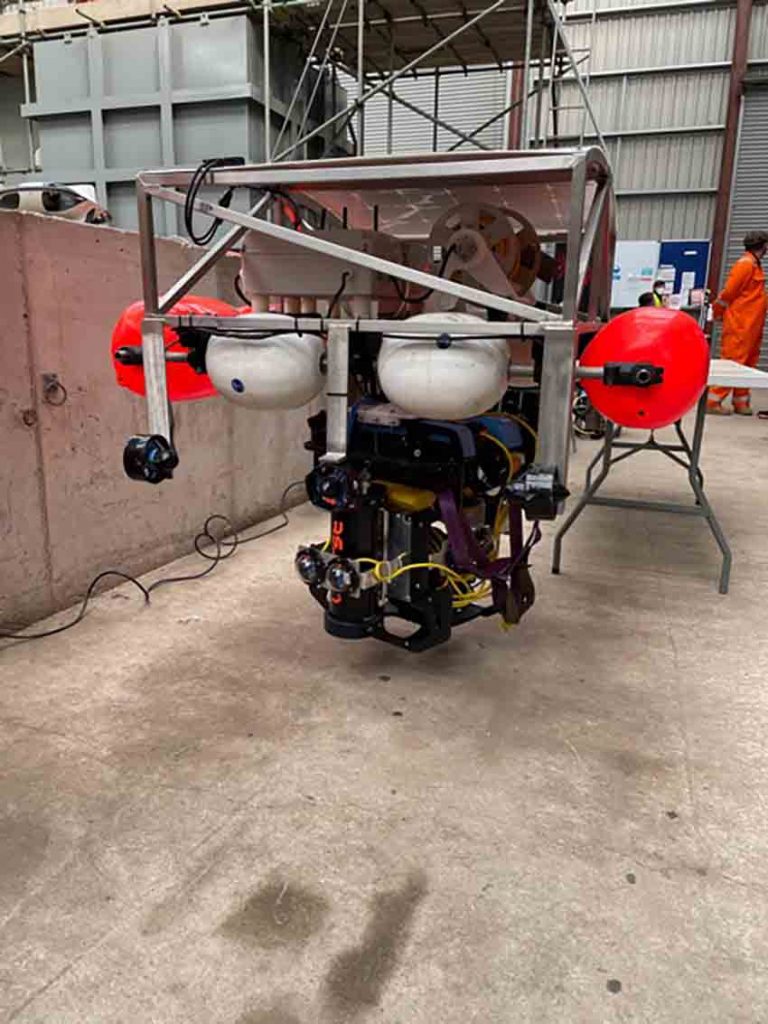D-RisQ develop automatic, high integrity, software verification tools that can reduce the cost of developing safety related software by 80% while also complying with standards such as DO-178C. D-RisQ has used this technology to develop software that assures the behavior of autonomous vehicles in various sectors. In the aerospace sector, the company has assured compliance to SERA, in maritime to COLREGS and have also developed similar for underwater nuclear decommissioning vehicles as well as for the off-shore industry.
Interview with Nick Tudor, CEO of D-RisQ Ltd.
Easy Engineering: What are the main areas of activity of the company?
Nick Tudor: The key to good software development is to ensure that requirements are well written as this is the original source of design, code and future verification activities. Consequently, if requirements are wrong, incomplete, inconsistent or ambiguous then costs rise and projects overrun. D-RisQ Kapture helps users to develop software requirements that are verifiable, unambiguous are consistent and help users with completeness. It is available under license. Similarly, if the design is wrong, then further cost and program issues can arise. Fortunately, D-RisQ Modelworks can automatically and independently verify that designs expressed in a subset of Simulink/Stateflow satisfy the requirements as written in Kapture. Using an off-the-shelf autocoder, the D-RisQ CLawZ tool independently and automatically verifies that the source code is a complete, accurate representation of the design. Next year we will have the ability to automatically verify that the binary satisfies the source code using D-RisQ Fever tool. All of these tools exploit mathematical proof (formal methods) techniques and support development to the highest levels of integrity such as DO-178C, Level A. All of the tools are o will be available for license and naturally, D-RisQ can also help in their use and deployment. We can also do work for you if this means the exploitation of tools. Additionally, we have undertaken development and verification work in the assurance of complex systems such as cooperating autonomous vehicles; again, using the tools but developing bespoke add-ons for such tasks. We are working on various projects that not only assure behavior but can also assist with on-board decision making when an operator cannot be involved for remoteness or other communication issues. These 2 aspects together tackle the safety assurance and reliability/persistence of autonomous systems. Finally, we have undertaken considerable work in advanced cyber (computer) security techniques.

E.E: What’s the news about new products?
N.T: Kapture is our launched product and within the next few months we will have also fully developed Modelworks and CLawZ. The release of FEVER will be in summer 2023. Next year we also expect to have a tool that will enable system requirements to be written more clearly, accurately, consistently, etc.
E.E: What are the ranges of products?
N.T: The products are all aimed to assist with automatic verification of software throughout the various development stages. They are aimed primarily at control systems software but of course, Kapture can be used for most embedded systems development.
E.E: At what stage is the market where you are currently active?
N.T: We are operating in various sectors ranging from aerospace, automotive, autonomous systems (in underwater/offshore, nuclear decommissioning, air) and medical devices. The technology is sector agnostic and can support compliance to any sector specific software standard, such as IEC61508, DO-178C/ IEC50128, ISO26262, etc.

Nick Tudor, CEO of D-RisQ Ltd
E.E: What can you tell us about market trends?
N.T: Increasingly there is a paucity of talent and hence being able to more quickly get software developed for the market is really difficult to achieve. The D-RisQ tool suite is designed to not only cut cost by up to 80% for even safety critical software, but also comply with regulatory requirements. For example, in the autonomous systems market, they tackle the ‘trust’ issue by using humans to oversee their operation. This is a costly and non-scalable way of doing business. Most autonomous systems developers believe that it is really difficult and expensive to achieve in any other way, particularly through software; they are typically using Artificial Intelligence in some way. However, our tools make the development of safety critical, deterministic software viable. In order to demonstrate this, we have already developed safety cages for Artificial Intelligence based systems and shown that they satisfy the needs of the safety regimes; all using our tools and case studies are on our website.
E.E: What are the most innovative products marketed?
N.T: All of our products are innovative in different ways. Kapture is really the first attempt to regularize the way in which requirements are written in an objective manner. Most approach regularization by review which is subjective and hence error prone. Removing the opportunity for error introduction as well as increasing precision and ensuring any remaining errors can be detected is the underpinning principle of our approach for all our tools. Hence each tool encapsulates a standard (a requirements standard for Kapture) that is key to success. A design standard for Simulink/Stateflow means that we can verify designs using Modelworks and a coding standard means we can verify source code, all automatically and independently. The approach is scalable so solves many issues that developers have had and none of the tools require knowledge that a typical software engineer already possesses. Indeed, we have had 15-year-old interns (ie no qualifications/experience) using Kapture within half a day.

E.E: What estimations do you have for 2022?
N.T: This year will be really interesting for us as we are now coming to the attention of quite a wide, indeed, global audience. We are fielding queries from as far afield as Australia, Argentina, Turkey, Italy, the USA, Canada and many more and already have one corporate client among a number of SMEs. The use of our technologies could enable developers to more rapidly and assuredly develop their own technologies in a wide variety of markets and we look forward to assisting them wherever we can.

